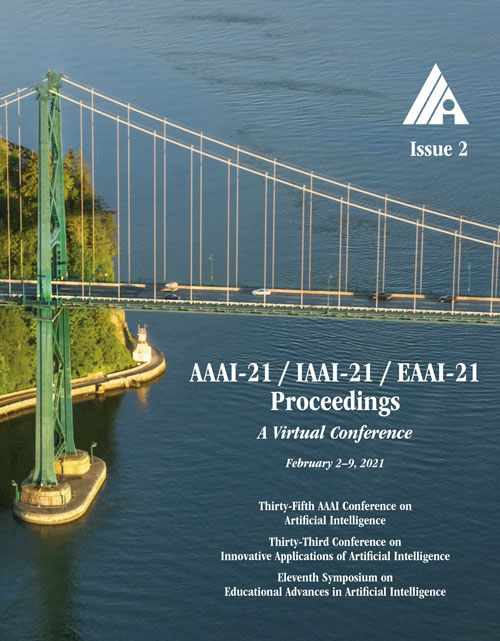Rain Streak Removal via Dual Graph Convolutional Network
DOI:
https://doi.org/10.1609/aaai.v35i2.16224Keywords:
Low Level & Physics-based VisionAbstract
Deep convolutional neural networks (CNNs) have become dominant in the single image de-raining area. However, most deep CNNs-based de-raining methods are designed by stacking vanilla convolutional layers, which can only be used to model local relations. Therefore, long-range contextual information is rarely considered for this specific task. To address the above problem, we propose a simple yet effective dual graph convolutional network (GCN) for single image rain removal. Specifically, we design two graphs to perform global relational modeling and reasoning. The first GCN is used to explore global spatial relations among pixels in feature maps, while the second GCN models the global relations across the channels. Compared to standard convolutional operations, the proposed two graphs enable the network to extract representations from new dimensions. To achieve the image rain removal, we further embed these two graphs and multi-scale dilated convolution into a symmetrically skip-connected network architecture. Therefore, our dual graph convolutional network is able to well handle complex and spatially long rain streaks by exploring multiple representations, e.g., multi-scale local feature, global spatial coherence and cross-channel correlation. Meanwhile, our model is easy to implement, end-to-end trainable and computationally efficient. Extensive experiments on synthetic and real data demonstrate that our method achieves significant improvements over the recent state-of-the-art methods.Downloads
Published
2021-05-18
How to Cite
Fu, X., Qi, Q., Zha, Z.-J., Zhu, Y., & Ding, X. (2021). Rain Streak Removal via Dual Graph Convolutional Network. Proceedings of the AAAI Conference on Artificial Intelligence, 35(2), 1352-1360. https://doi.org/10.1609/aaai.v35i2.16224
Issue
Section
AAAI Technical Track on Computer Vision I

